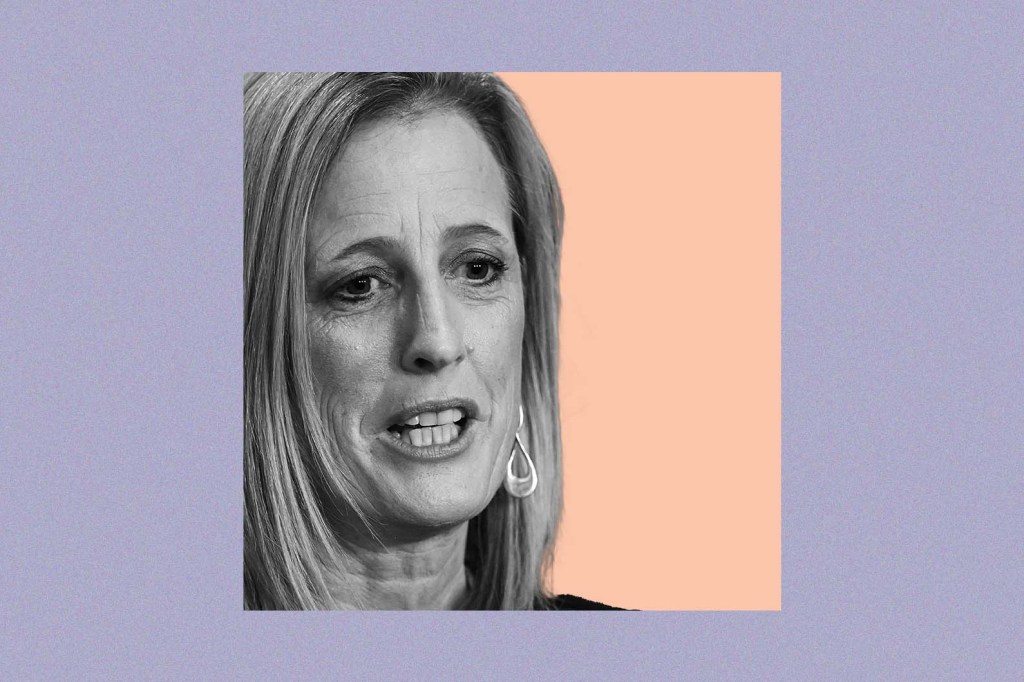
The Australian Public Service is growing, and it’s growing fast, based on the latest Average Staffing Level numbers released in the official tally contained in Jim Chalmers’ 2024-25 federal budget.
The bureaucratic body count will be boosted by 17,289 in the coming financial year, or 21,363 if you count those in military uniform too.
If that sounds like a big leg-up, it is, with numbers of ex-Australian Defence Force personnel rising 191,861 to 209,150 for 2024-25 and topping out 294,287 with currently serving ADF personnel thrown in.
The figure is almost certainly above 300,000 if you count the nation’s clandestine workforce of spies at the Australian Signals Directorate, Australian Security Intelligence Organisation and the Australian Secret Intelligence Organisation on the now officially classified payroll that is no longer included in headcount tables.
The official line is that the previous government was faking real headcount by farming out work to contractors and consultants — a literal Coalition of the billing) and that the increase in numbers is an essential restoration of capability previously squandered.
There is some truth in this, but the real figure is harder to gauge because the numbers are averages while the backfill comparisons for contractors and consultants are based on roles.
Here, the numbers are no big surprise, but at face value, they are big. The most recent addition to the already declared 3,314 infill conversions from last year, plus the 3,300 new roles at Services Australia is 2,502, making the grand tally 8,816, which suggests the broader numbers are still ascendant.
Social Services was the biggest eliminator of contractors, booting 1,822 in the latest cull of 2,502. The next biggest agency, Health and Aged Care, only managed 326 contractor conversions, while other agencies only managed double digits, or a nil reduction. Defence managed 2, as did Education.
There’s also a whole page in budget paper 4 on “measuring the size of the public service” that unhelpfully notes variations between budget numbers (ASL), Australian Public Service Commission numbers (employees) and unadjusted Australian Bureau of Statistics employee numbers — which also includes ADF personnel because … it’s now counted off Single Touch Payroll.
That’s likely why the minister for Finance wants a whole new Audit of Employment, i.e., so there’s a more coherent set of numbers.
Where the heft is being added or shed is broadly reflective of the government’s policy agenda.
The Australian Taxation Office is getting a meaty ASL boost of 1,721, up to 21,350, as the government looks to turbocharge tax efficiency and enforcement after losing a couple of billion to unprecedented first-person scams such as those targeted by Operation Protego.
Climate Change, Energy, the Environment and Water, the vanguard of the renewables revolution, gains 961 ASL to 8,779.
Defence, all-inclusive of uniform and new nuclear submarines, gains just over 7,500, mostly in uniform but at least 1,000 in the civilian category.
Foreign Affairs and Trade gains 343 ASL, a pretty typical increase among agencies that pick up staff in the lower triple-digit range.
At the Big House, Parliament’s new Workplace Support Service (think staffers behaving badly) goes from 1 to 59 to teach the political class some manners.
Over at Prime Minister and Cabinet, there are losses from agencies, although overall ASL rises 129 to 5,511.
The Australian National Audit Office loses five ASL to 410 and the Office of National Intelligence loses 19 ASL to 402.
Perhaps the biggest surprise is that, amid a resurgent public service, the Australian Public Service Commission is losing 15 ASL and slimming down to 378.
We already know one of those departures is wage enforcer Peter Riordan, who has decamped to the New South Wales Department of Education.
We reckon Tammy’s gone too.
READ MORE:

